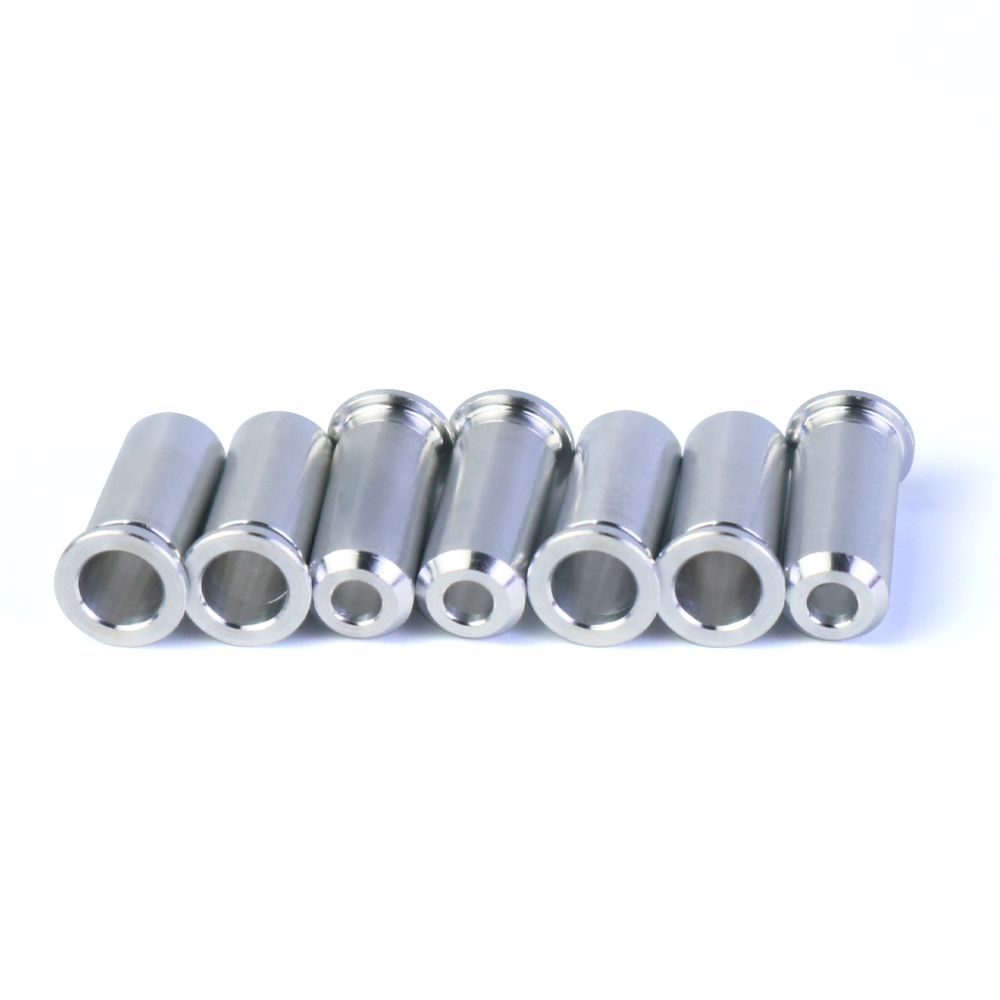Como a Tecnologia Avançada está Transformando a Fabricação de Peças Metálicas para Indústrias Globais
Nov.27.2024

Principais Tendências no Processamento e Fabricação de Peças Metálicas
1.Maquinação CNC Avançada
- ·Explore como a Maquinação por Controle Numérico Computadorizado (CNC) transformou a precisão e a escalabilidade da produção de peças metálicas.
- ·Discuta inovações como a maquinação 5-eixos e a integração de IA e aprendizado de máquina para melhorar a eficiência e a precisão.
2. Manufatura Aditiva (Impressão 3D)
- ·Relate sobre a crescente adoção da impressão 3D na criação de componentes metálicos complexos para produção em pequena escala e prototipagem. Destaque metais como titânio, aço inoxidável e alumínio usados neste processo.
- ·Mencione indústrias como aeroespacial e dispositivos médicos que se beneficiam da prototipagem rápida e designs leves.
3.Automação na Fabricação
- ·Fale sobre como a robótica e os sistemas automatizados estão simplificando as linhas de produção. Exemplos incluem braços robóticos para manuseio de materiais, sistemas de solda automáticos e fábricas inteligentes que utilizam IoT (Internet das Coisas).
4.Inovações em Acabamento de Superfície e Revestimento
- ·Destaque avanços em tratamentos de superfície como anodização, revestimento e pintura em pó, que melhoram a durabilidade, resistência à corrosão e o apelo estético de peças metálicas.
5.Sustentabilidade e Reciclagem no Processamento de Metais
- ·Discuta a busca por práticas ecologicamente corretas na fabricação de peças metálicas. Tópicos podem incluir metais reciclados, redução de resíduos e adoção de métodos de produção energeticamente eficientes.
Aplicações de Peças Metálicas nas Indústrias Modernas
1.Aeroespacial e Defesa
- ·Explore como peças metálicas de precisão são críticas para componentes como motores a jato, partes da fuselagem e equipamentos militares.
- ·Destaque avanços em ligas leves como o titânio para reduzir o peso dos aviões enquanto mantêm a força.
2. Indústria Automotiva
- ·Relatório sobre a mudança para materiais leves e aço de alta resistência para melhorar a eficiência do combustível e o desempenho de VE (veículos elétricos).
- ·Mencione o papel das peças metálicas em componentes do motor, chassi e sistemas de segurança.
3.Dispositivos Médicos
- ·Foque nas peças metálicas de alta precisão usadas em instrumentos cirúrgicos, próteses e implantes. Materiais como aço inoxidável e titânio são essenciais pela sua biocompatibilidade e durabilidade.
eletrônicos
- ·Cubra a demanda por componentes metálicos em dispositivos eletrônicos, como dissipadores de calor, molduras de placas de circuito e conectores.
- ·Discuta como metais como cobre e alumínio são cruciais pela sua condutividade e propriedades térmicas.
5.Energia Renovável
- ·Destaque o papel das peças metálicas processadas em painéis solares, turbinas eólicas e sistemas hidrelétricos, enfatizando a necessidade de materiais duráveis e resistentes ao tempo.
Desafios na Fabricação de Peças Metálicas
- ·Questões da cadeia de abastecimento : Discuta a escassez de matérias-primas, preços voláteis e seu impacto nos custos de produção.
- ·Precisão e Tolerância : Destacar a dificuldade de alcançar tolerâncias ultra-apertadas exigidas por indústrias como aeroespacial e médica.
- ·Gaps de Força de Trabalho e Habilidades : Abordar a necessidade de operadores qualificados para trabalhar com máquinas e softwares avançados.
- ·Regulamentações Ambientais : Falar sobre como normas ambientais mais rigorosas estão impulsionando os fabricantes a adotarem práticas sustentáveis.
Inovações Moldando o Futuro do Processamento de Peças Metálicas
- ·Controle de Qualidade Poderoso por IA : Compartilhar como a visão computacional e algoritmos de IA estão revolucionando processos de inspeção para detectar defeitos com alta precisão.
- ·Técnicas de Fabricação Híbrida : Mencionar como a combinação de usinagem tradicional com manufatura aditiva está criando oportunidades para inovação.
- ·Fabricação Sustentável : Destaque avanços na redução de emissões durante o processamento de metais, como a produção de aço baseada em hidrogênio.


